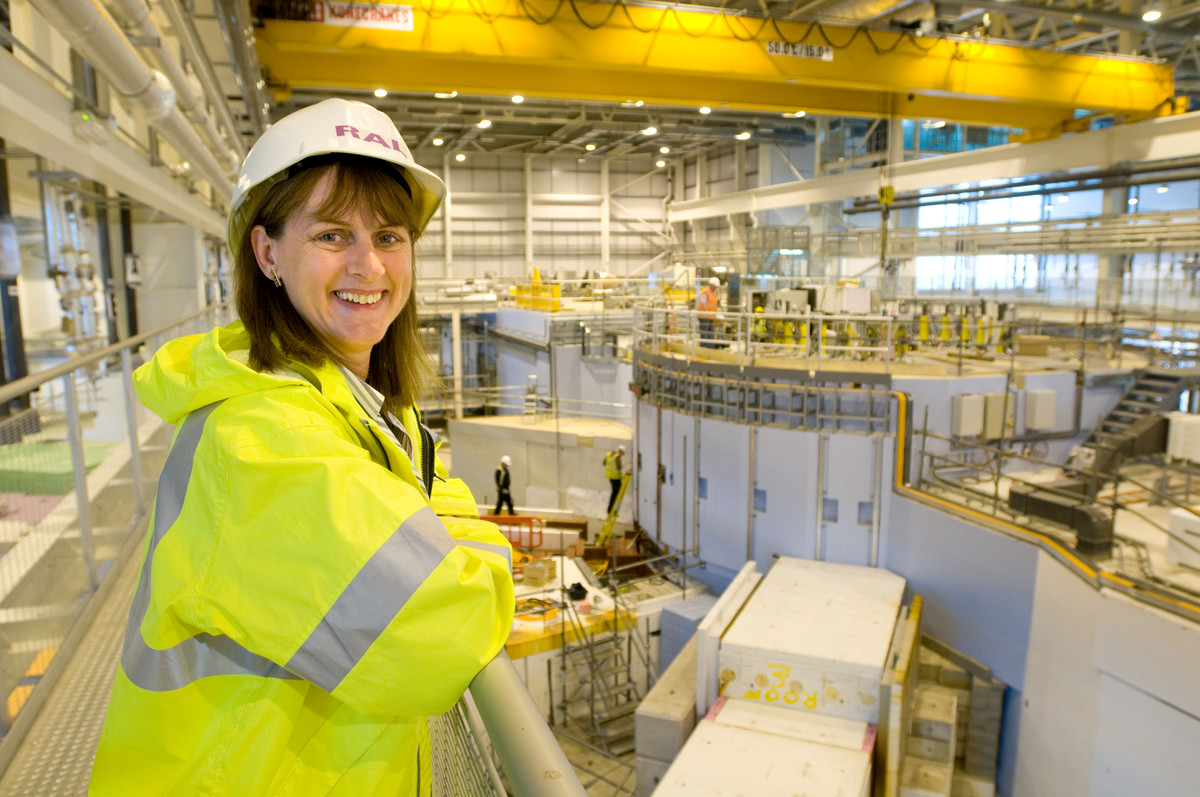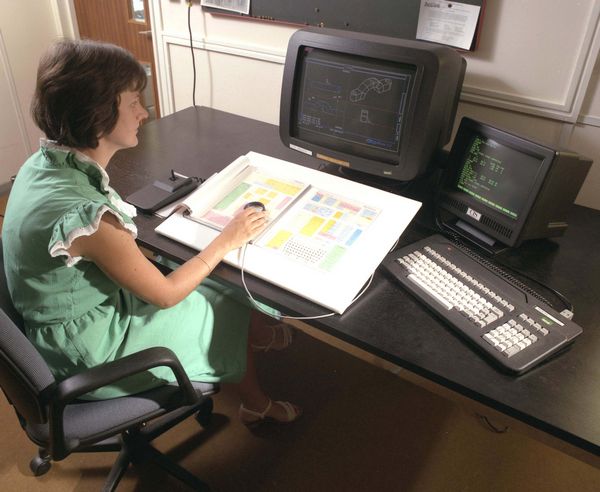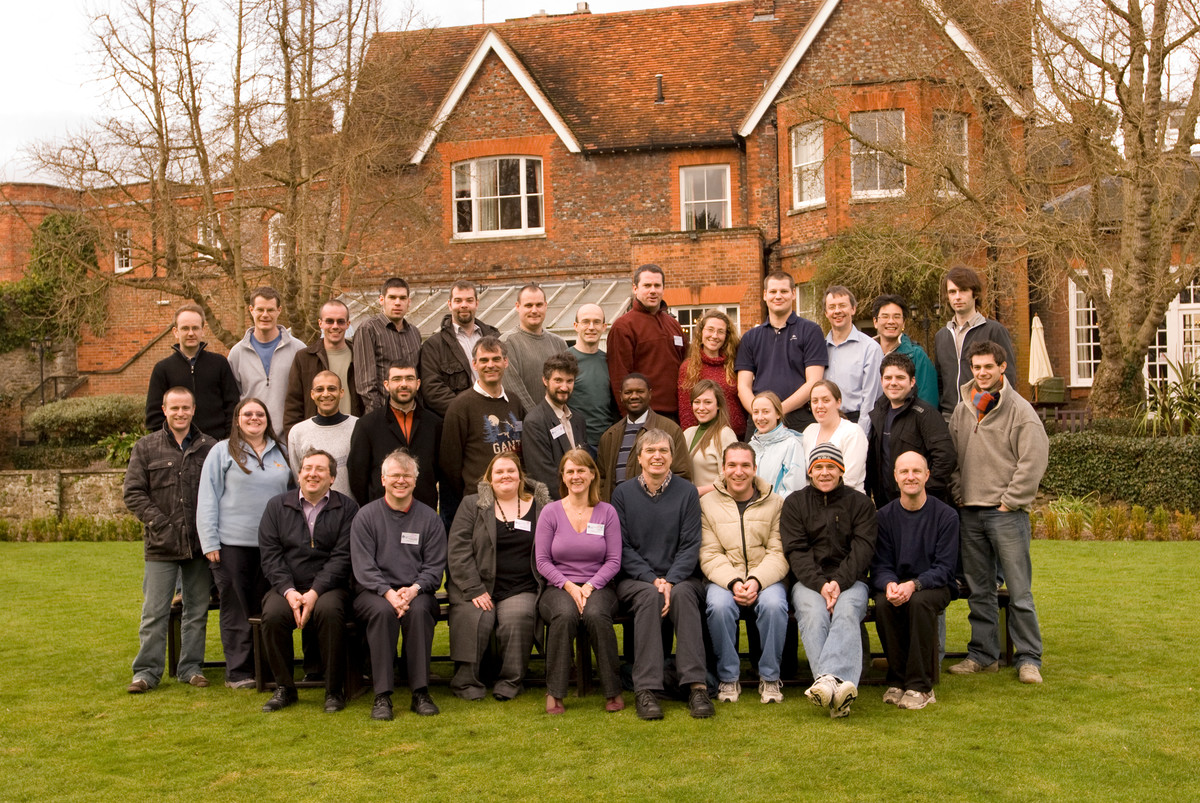 Many people across STFC will have heard of Debbie Greenfield. Engineer, manager, group leader extraordinaire, Debbie has worked across site in many different roles for the last 39 years. Unfortunately, her time is coming to an official close this month, with an end to her current part time role working on the ISIS Safety Instructions and Safety Hub , she is leaving to enjoy her well-earned retirement.
Many people across STFC will have heard of Debbie Greenfield. Engineer, manager, group leader extraordinaire, Debbie has worked across site in many different roles for the last 39 years. Unfortunately, her time is coming to an official close this month, with an end to her current part time role working on the ISIS Safety Instructions and Safety Hub , she is leaving to enjoy her well-earned retirement.
Across the years, Debbie has worked with a multitude of people, inspiring many engineers, especially women, to push boundaries within their fields. Amongst her many accomplishments, Debbie was here for the first neutrons detected on TS2, played a part in the discovery of the Higgs Boson and even helped to redesign the RAL site entrance. With such a broad spectrum of life experience, it is hard to know how to talk about her time at RAL, but we will start at the beginning…
The early days

In 1984, the same year that ISIS was launched, Debbie arrived at RAL. She came equipped with a Mechanical Engineering degree from the University of Reading and an engineering chartership from working at Lucas Aerospace. Her first role was in the Computing Department, working on data exchange for engineering programmes such as CAD (which was in its infancy back then). By the age of 31, she had progressed to being a group leader running a variety of training programmes. From there she was swept up in the excitement of the opportunities available across the site, hopping from Computing to Technology and back again, then with Estates for a while before eventually settling at ISIS Neutron and Muon Source.
Collisions and precision
During her four-year stint in the Technology department, Debbie was the project engineer for a collaboration in building a little old particle accelerator called CERN. Her part of the project was to oversee a section of the ATLAS detector. Whilst this was only a small part of this huge feat of engineering, Debbie's detectors, in parts alone, cost around £9 million. At the start of this project, Debbie was a young female design engineer with no experience of particle physics projects (but plenty of other experience) and was unfortunately met with doubt from colleagues. But she rolled up her sleeves, got the job done and brought everyone to her side as she went.
“CERN was a particle physics experiment, but the challenges were engineering challenges. Really pushing the boundaries of engineering to achieve the results" said Debbie. “The SCT section I was working on had silicon detectors which had to be placed within 50 microns - that is the width of a hair."
All her incredible hard work, alongside thousands of other collaborators worldwide, was brought to fruition as the Higgs Boson was discovered in 2012. “Finally, my sons could understand what I do. When the Higgs Boson discovery hit the news, they could point at CERN and say 'My Mum built a bit of that'."
Making marks on RAL
After the CERN collaboration, Debbie took a sidestep from engineering into site operations (now Estates). During this work, she contributed towards the redesigning of the site entrance. The old entrance to site required parking and running across the main road to the hexagonal building to collect a pass and then running back! The project was to create a site entrance that looked open and welcoming, but was also highly secure. With the need for more highly secure data storage space, offices on top of that, the project was certainly a challenge to manage. As we can see from the current reception area, the project was successful, and it wasn't long after this that Debbie moved once again back to engineering.
Division Head Extraordinaire 
Her last department hop took her to ISIS, where she became the Instrumentation Division Head in 2007. This gave her a team 100 people strong, covering the detector, health and safety, electronics, and software groups. With all of that, Debbie used to say that “once the neutron had left the sample, it was mine". Everything that happened after the sample; from the neutron's detection, the electronics to turn that detection into a signal, the data processing to turn it into a picture on the scientist's screen… all that was under her jurisdiction.
As well as the focus on pushing the boundaries of ISIS engineering, as Division Head Debbie oversaw a broad range of teams that she loved managing. From detectors - “we have the best neutron detector team in the world" to Health and Safety – “who knew radioactive waste was so interesting!" to Software, “I got to watch that technology improve hugely", the human element behind the physical work Debbie managed was huge. Debbie described each team with a broad smile, showing pride for each and every member of the teams. “I loved the variety of people I worked with!" and her love for her teams was infectious.
After almost 40 years at the Rutherford Appleton Laboratory, Debbie chose one of her favourite moments from working here as the first detection of neutrons in TS2. The whole team was there, a bottle of champagne was popped and the team celebrated their incredible collaborative achievement.
A Busy Retirement
For her retirement, Debbie will be putting all her skills into helping her community. The Harwellian is the community space for Harwell village, which Debbie now runs. – “I'll buy them a drink if they come and find me there." Using every skill she has gained over the years from financing to people management, Debbie is certainly not planning a 'put your feet up' kind of retirement. Rather, she will continue to make a difference to the lives of the people around her.
We wish Debbie all the best for her busy retired life and thank her for almost 40 years of working, inspiring and helping RAL push the boundaries of scientific engineering.
